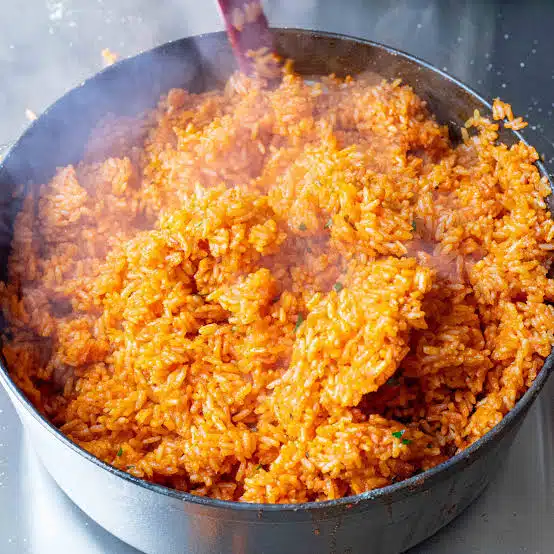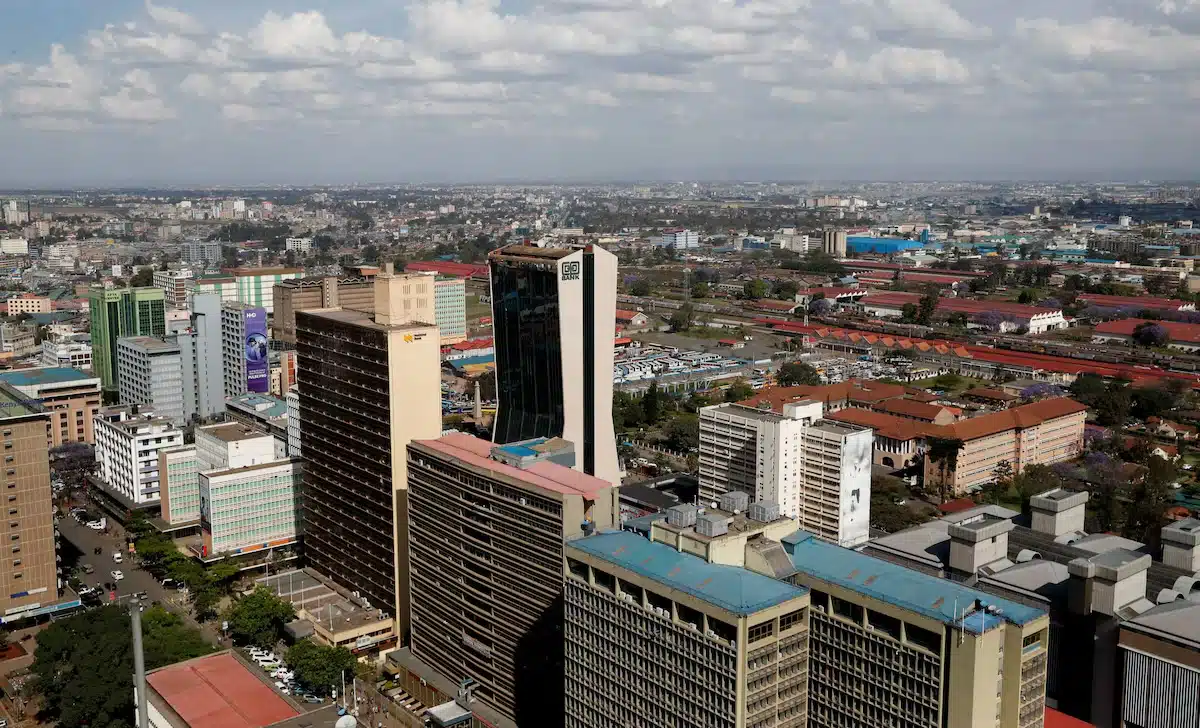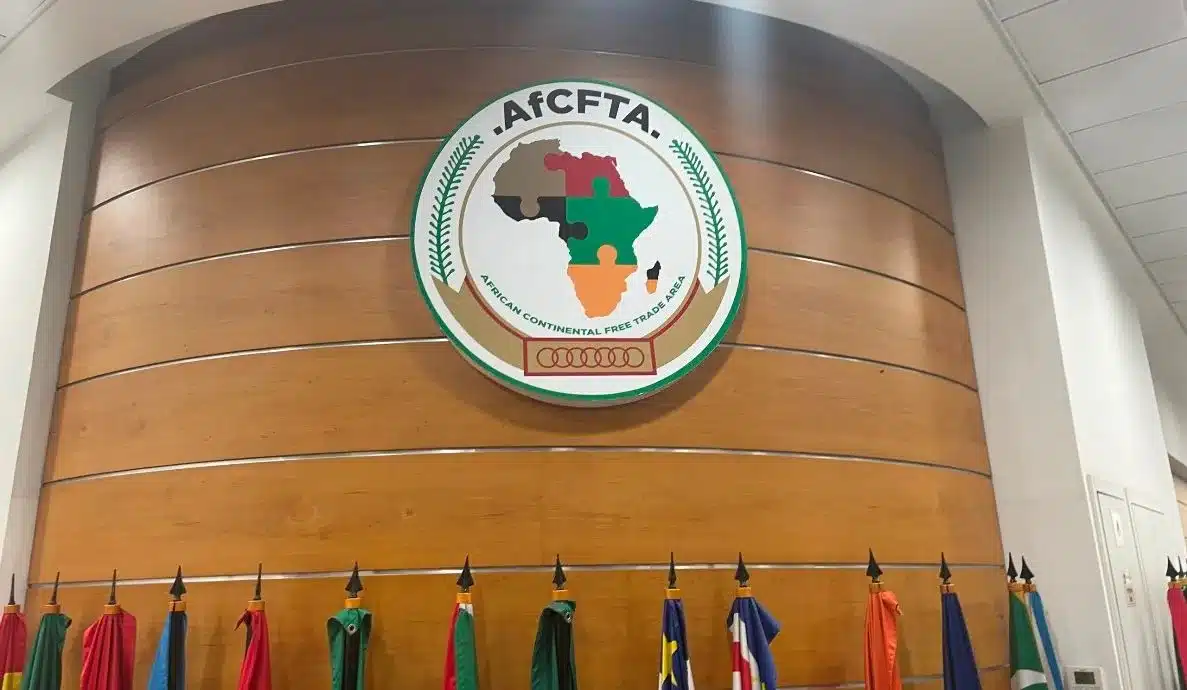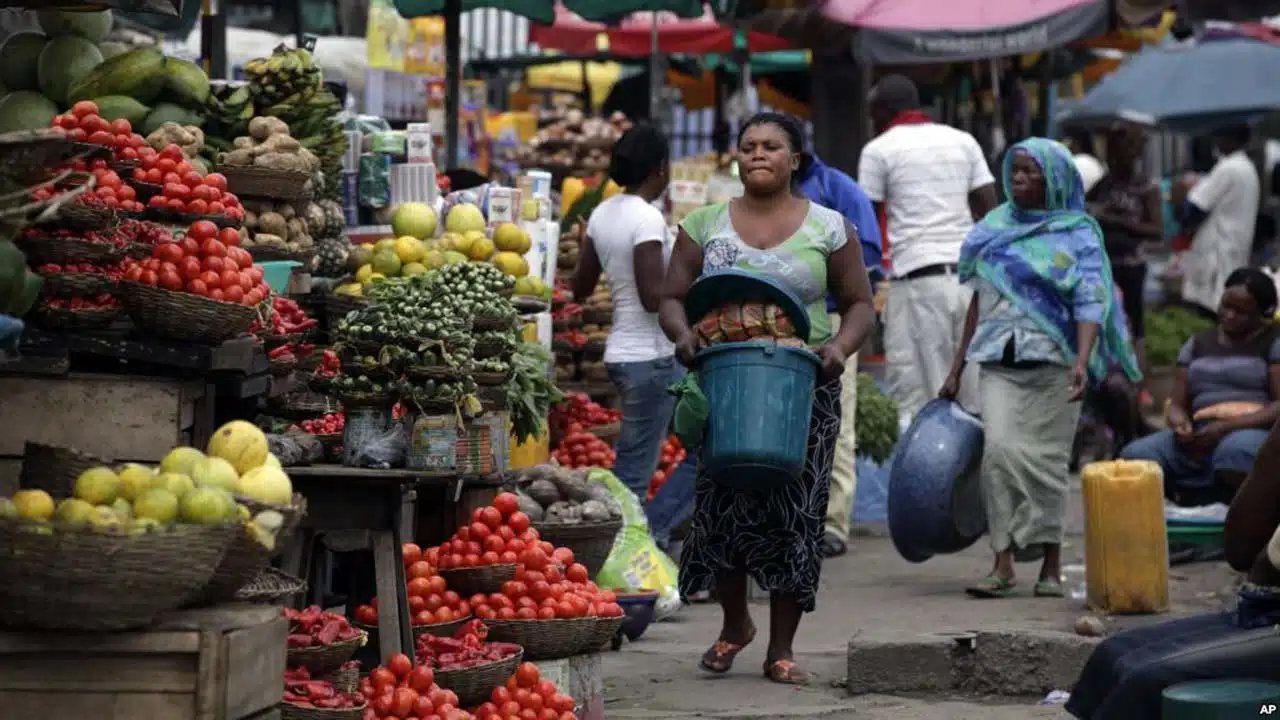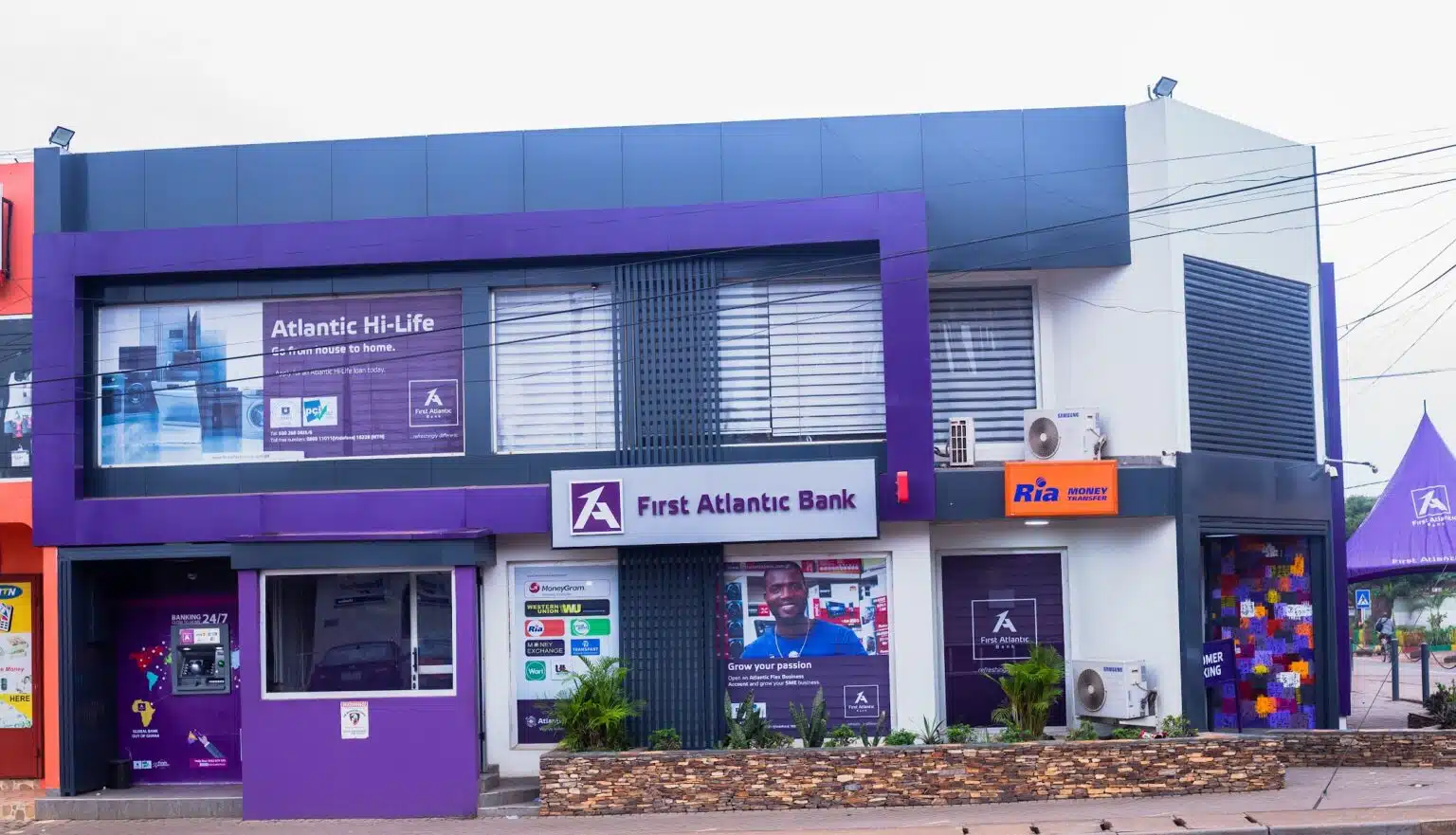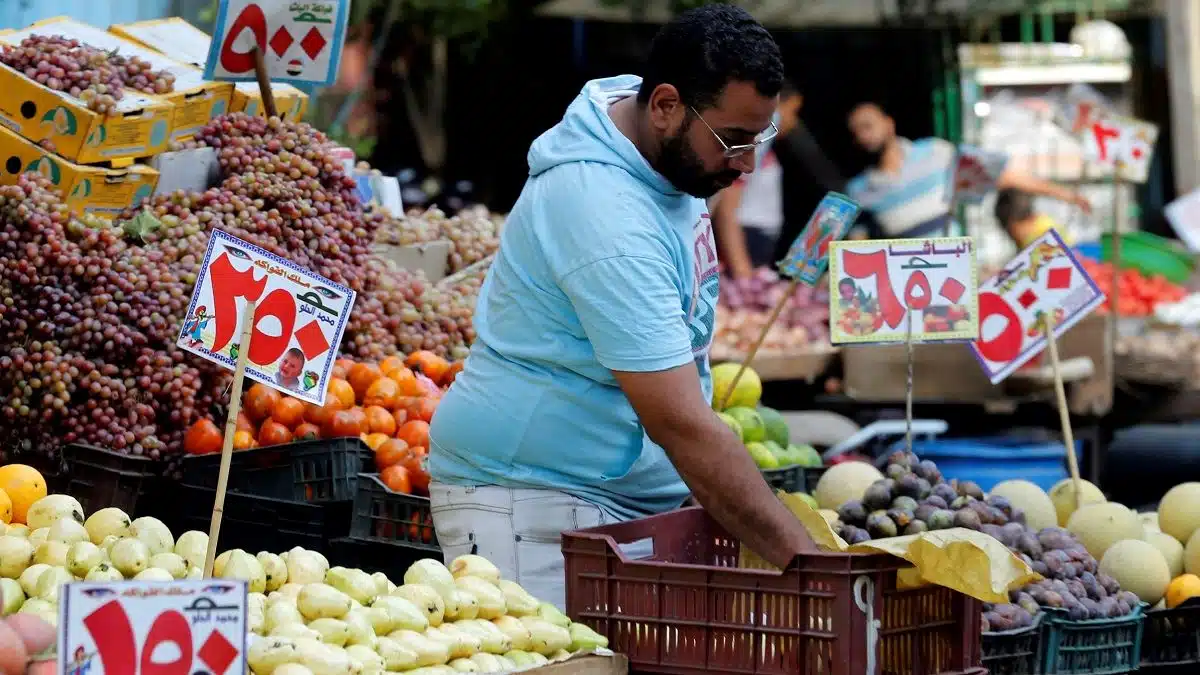The cost of cooking a pot of Jollof rice—a staple across West Africa—has surged in both Nigeria and Ghana, reflecting the deepening impact of food inflation on household budgets. According to SBM Intelligence’s latest Jollof Index report, the average cost of preparing the dish has jumped by 157.9% in Nigeria and 51.2% in Ghana over the past two and a half years.
In Africa’s most populous country, the cost of preparing the popular delicacy for a family of five rose from ₦10,881.5 ($23.70 at the time) in March 2023 to ₦28,066.3 ($18.40) as of June 2025. In Ghana, the price more than doubled to GH₵420 ($40.80) in June this year from GH₵277.75 ($22.40) in January 2023.
Titled ‘The Crushing Cost of a Pot, the Africa-focused geopolitical research and strategic communications consulting firm attributes the rise to structural economic pressures, including currency depreciation, persistent insecurity in agricultural zones, the removal of petrol subsidy in Nigeria, and inefficient supply chains.
Different dynamics: Nigeria vs. Ghana
The Jollof Index—which tracks the cost of key ingredients such as rice, groundnut oil, tomatoes, onions, meat, and seasoning—illustrates how inflation affects consumers in both countries. Unlike Nigeria, where food prices have diverged significantly from broader inflation trends, Ghana’s food prices appear more responsive to macroeconomic policies and monetary interventions.
“Nigeria’s food inflation appears increasingly detached from general CPI movements, indicating entrenched supply-side issues,” the SBM report said. “Conversely, Ghana’s trend shows that coherent macroeconomic policies can yield faster relief in food affordability.”
While Nigeria’s index is based on monthly data from 13 markets across its six geopolitical zones, Ghana’s coverage began in January 2023, focusing on Accra and Kumasi.
Inflation trends: What the data shows
Data from the National Bureau of Statistics show that Nigeria’s food inflation rose from 24.0% in Q1 2023 to nearly 40% by the end of 2024, before decelerating to 26.1% in Q1 2025 and 21.1% in Q2, possibly due to recent interventions or statistical adjustments. However, SBM warns that underlying structural challenges persist.
In contrast, Ghana’s food inflation dropped significantly from 59.0% in Q1 2023 to 28.7% by the end of that year and further down to 16.3% in Q2 2025, according to the Ghana Statistical Service. Analysts credit this to fiscal tightening, Bank of Ghana’s forex interventions, and reforms supported by the International Monetary Fund.
However, challenges remain. The 2024 presidential election in Ghana, coupled with currency volatility and illegal mining disrupting food-producing regions, triggered temporary price shocks. External pressures, including tariffs imposed by US President Donald Trump, also played a role.
Pots vs. paychecks: The real cost to households
With the official exchange rate at ₦1,528.4/$1 as of June 30, 2025, Nigeria’s new minimum wage of ₦70,000 ($45.80) means a single pot of jollof consumes 40% of a worker’s monthly income. In Ghana, where the minimum wage stands at GH₵539.20 ($52.30), a pot of jollof eats up nearly 78% of that amount.
Protein becomes a luxury
Soaring meat prices are pushing families toward less nutritious substitutes. “A kilo of chicken or turkey can’t even cover one meal for my family,” said a Lagos-based mother of three, who asked to be identified only as P. “We have turned to eggs, or skipped protein entirely.”
As a professional chef, she adds that even essentials like groundnut oil, salt, and seasoning are now purchased in unbranded, smaller sachets. “Even ponmo—once a cheap protein alternative—is now priced out of reach.”
Outlook: Urgency for structural reform
SBM warns that without sustained and far-reaching reforms, Nigeria’s food inflation will remain a long-term threat. “The country is caught in a cycle of currency weakness, high logistics costs, agricultural insecurity, and chronic underinvestment in storage and distribution.”
In contrast, Ghana’s experience shows that policy coherence can make a difference. “The sharp drop in food inflation—from 59.3% in January 2023 to 22.6% by May 2024—demonstrates the impact of targeted reforms and monetary discipline,” the report said.
Still, food affordability remains fragile in both countries, particularly in urban centers and among import-reliant products.

